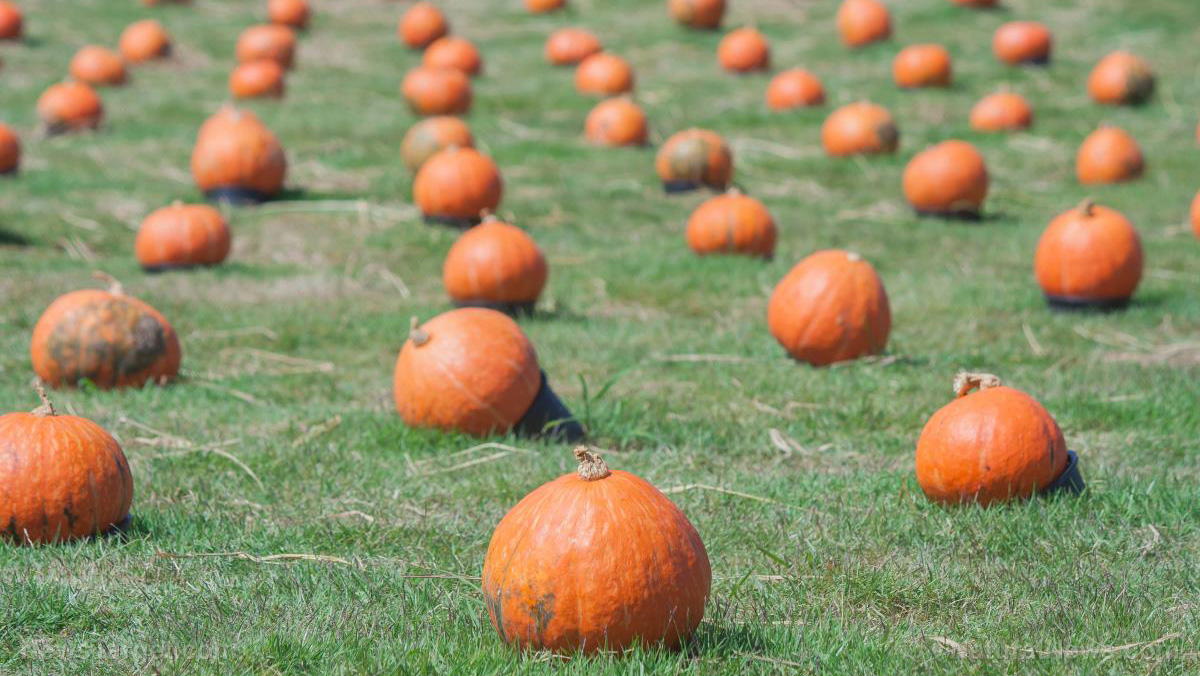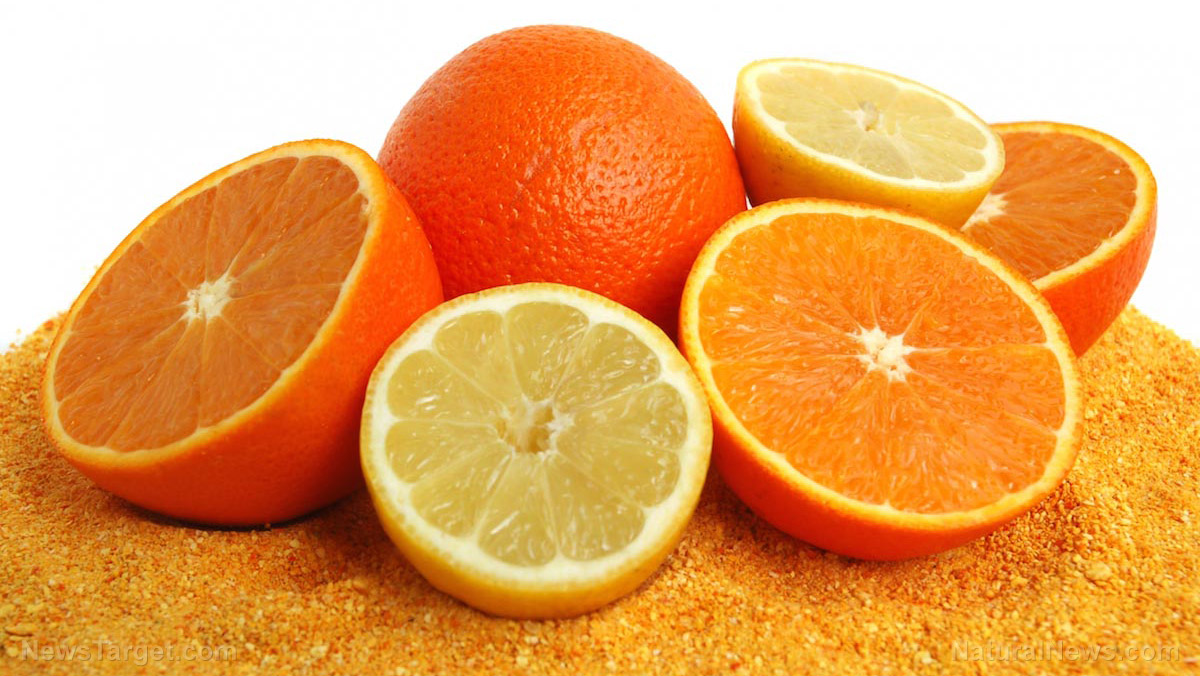Looming threat of phytophthora blight may affect pumpkin pie fillings for Thanksgiving
By maryvillarealdw // 2021-08-12
Tweet
Share
Copy

Phytophthora blight -- a vine infection that damages vegetables like peppers, cucumbers, squash and pumpkins -- is showing up early this year, and it could threaten the availability of pumpkin pie fillings for Thanksgiving.
"After the middle of August, or close to the end of the season in September or so it’s not so bad. But this year, in the first week of July, is too much," said Mohammad Babadoost, professor of plant pathology at the University of Illinois.
Babadoost detected phytophthora in his pumpkin test plot near Morton, Illinois. This is especially concerning because phytophthora has been responsible for wiping out entire pumpkin harvests in previous years. Illinois is the biggest pumpkin producer in the U.S., supplying more than 90 percent of canned pumpkins sold in the country.
"If we do not have enough processed pumpkins, we may not have enough canned pumpkin for, let’s say, Thanksgiving," he adds.
Controlling phytophthora
Phytophthora symptoms are usually generalized: They cause weakness and slow collapse in affected plants. Early warning signs are few, and some plants wilt and die from water stress during the first warm weather after infection. However, others linger for several years. Phytophthora blight can infect crops such as peppers, tomatoes, eggplants, and often, pumpkins. Previously identified as a fungus, phytophthora is an oomycete, also known as a water mold. Oomycetes are more close relatives with certain kinds of algae. Phytophthora has swimming spores called zoospores that can swim through films of water and saturated soils. Because of this, new infections often occur in the direction of water drainage. Phytophthora thrives in warm, wet conditions and is common in low-lying, poorly drained areas of the garden or field. However, it can spread if environmental conditions are right, as spores can travel via rain or in soil stuck to equipment used in an infested area. (Related: Green tea for greener pastures: Plants treated with spent green tea extracts are less likely to develop disease.) Here are some symptoms to help you identify phytophthora blight in your plants:- Irregular brown spots form on leaves.
- Stem and leaf lesions are light to dark brown, water-soaked and irregular.
- Leaves wilt and entire plants can collapse if the root and crown rot. Infected roots and crowns are usually black and plants pull up easily from the ground due to root loss.
- Fruits develop soft and water-soaked rot. Infection may begin where the fruit is in contact with the soil, or where the stem connects with the fruit. It may also present as a random spot.
- White fungal growth that looks like powdered sugar covers the infected fruit.
Preventing and managing phytophthora
Below are some tips to prevent and manage phytophthora without using chemical pesticides.- Raise plant beds to improve drainage, and do not work in fields when soils are wet to avoid compacting.
- Avoid planting susceptible crops in fields with a history of the disease because phytophthora starts in the soil.
- Remove and destroy infected fruit and vines in smaller gardens.
- In larger fields, till in small areas of infected plants and add a border of healthy plants that are resistant to root rot. Thoroughly clean equipment after tilling to avoid spreading the disease to healthier plants.
- Use fungicide sprays to help prevent the disease.
- Test your soil regularly to measure the pH balance and help you determine the nutrients needed to maximize the health of your plants.
- Hydrogen peroxide is also helpful in killing pathogens and diseases like phytophthora. Use a mixture of 1 part peroxide to three parts of water and allow it to penetrate the soil before resuming watering the plants.
- Never add a removed portion of an infected plant to the compost piles or mulching systems to avoid propagating the spread of the disease.
Tweet
Share
Copy
Tagged Under:
organic farming prevention pumpkins homesteading green living tips home gardening crops fungus harvest fruit rot phytophthora Phytophthora blight water mold oomycete root rot soil infestation
You Might Also Like
Beans and burgers: 2 Delicious veggie burger recipes to try
By Joanne Washburn // Share
5 Important home gardening tips for beginners
By Joanne Washburn // Share
Food supply tips: 9 Best survival foods to buy from the grocery store
By Divina Ramirez // Share
Prepping mindset: How to stay positive while on a tight budget
By Zoey Sky // Share
Food storage tips: How to extend the shelf life of oranges
By Rose Lidell // Share
Bug out basics: How to efficiently pack your bug-out bag
By Arsenio Toledo // Share
Recent News
A geological revelation: Earth's hidden carbon vault
By willowt // Share
Hollywood embraces AI: Disney bets $1 billion on OpenAI
By kevinhughes // Share
Netflix children's programming heavily saturated with LGBT themes, report finds
By bellecarter // Share











